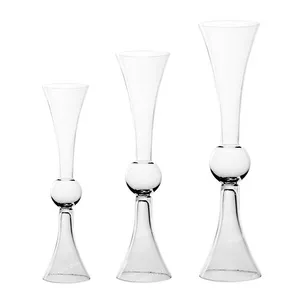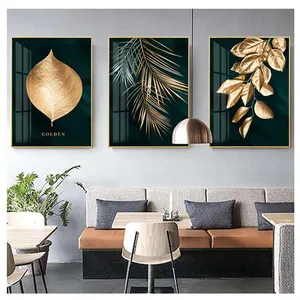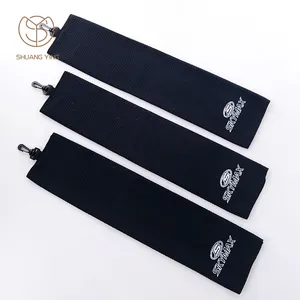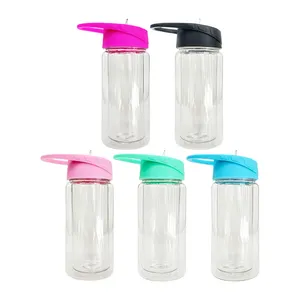Popular in your industry




















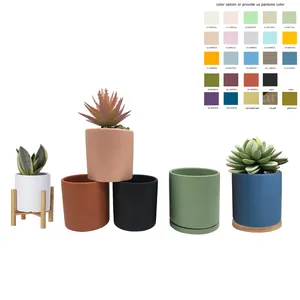




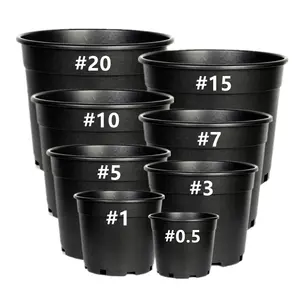



















Related Searches:

































































































Top categories
About plastic pots plants
Introduction
Indoor gardening is a delightful hobby that brings nature into our homes, purifies the air, and adds a touch of aesthetic appeal. But, the choice of pots can significantly impact the health of your plants and the overall look of your indoor garden. This article explores how plastic pots can revolutionize your indoor gardening experience. We delve into the advantages of plastic pots, the variety available, and how to choose the right one for your plant. We also share innovative techniques for gardening with plastic pots, maintenance tips, and creative decoration ideas. Finally, we present a successful case study demonstrating the effectiveness of plastic pots in indoor gardening.
The Advantages of Plastic Pots
Plastic garden pots offer numerous benefits to gardeners. They are highly durable, resisting weather elements and not cracking easily. Unlike clay or steel pots, plastic pots do not absorb water, discouraging fungi growth, and they maintain soil temperature better. They are also lightweight, making them easy to move around to meet plants' sunlight needs. Furthermore, plastic pots retain moisture, reducing the frequency of watering, and come in a variety of designs due to the versatility of plastic.
Types of Plastic Pots and Their Uses
Plastic pots come in a variety of types, each designed for specific uses. For instance, tall, square options are ideal for larger plants. Medium-duty plastic planter saucers and medium white recycled plastic planters with an attached saucer are perfect for indoor plants. Large gray fiberglass tall planters come with a drainage hole, making them suitable for plants that require well-drained soil. These pots are available in different sizes, materials, and colors, catering to diverse indoor gardening needs.
Choosing the Right Plastic Pot for Your Plant
When choosing a plastic pot for your plant, consider the size of your plant. The pot's diameter should be 1-2” larger than the current size if the plant is in a 10” pot or smaller. For larger plants, choose a pot that is 2-3” larger in diameter. Drainage is crucial, so opt for pots with drainage holes. If not, you can create a drainage system with lava rocks. Remember, the amount of water should not exceed 1/3 of the container's size. Plastic pots are lighter and can be a good choice for larger plants.
Innovative Techniques for Indoor Gardening with Plastic Pots
Indoor gardening can be revolutionized with innovative techniques using plastic pots. You can transform old plastic pots into classy indoor planters using acrylic paints, chalk paint, and permanent markers. Upcycling empty plastic buckets into beautiful planters is another creative idea. Giving old pots a high-class makeover by fixing beautifully patterned fabrics or turning them into hanging faux stone planters adds an extraordinary appeal. You can also engage kids in a fun craft using plastic pots, paints, and pens. These techniques not only enhance the aesthetic appeal of your indoor space but also promote sustainability.
Maintaining and Cleaning Your Plastic Pots
Reusing plastic pots is not only economical but also eco-friendly. However, it's crucial to clean and disinfect them before reuse. Start by removing loose soil particles with a brush or rag, then wash the pots in soapy water and rinse. For disinfection, soak the pots in a solution of one part household bleach to nine parts water for at least 10 minutes, then rinse. Alternatively, you can use a cloth soaked in undiluted 70% isopropyl alcohol to wipe all surfaces of the pot. This simple maintenance can ensure the health of your plants and longevity of your plastic pots.
Decorating Your Indoor Space with Plastic Pots
Decorating your indoor space with plastic pots can be a fun and creative endeavor. There are numerous ways to personalize these pots, from wrapping them in brown paper bag stripes, using a chalk paint pen for doodles, to adorning them with washi tape, stickers, or spray paint. Other ideas include wrapping the pots in yarn or twine, attaching pom poms, tassels, buttons, or lace, or even covering them with old socks, sweater sleeves, fabric scraps, or a bandana. These methods not only enhance the aesthetic appeal of your indoor space but also promote sustainability by reusing materials.
Case Studies: Successful Indoor Gardens with Plastic Pots
One successful case of indoor gardening with plastic pots involves using plastic bottles to make pots lighter. This innovative technique is particularly useful for large pots that become heavy and difficult to move when filled with soil. The method involves filling the bottom of the pot with sealed plastic bottles, then adding soil on top. This not only makes the pot lighter but also prevents root rot in succulents by reducing the amount of soil that stays wet. However, this technique is not recommended for plants that prefer deep pots and sustained soil moisture, such as vegetables and flowering shrubs.
Conclusion
Plastic pots offer a versatile, durable, and lightweight solution for indoor gardening. Their ability to retain moisture and maintain soil temperature makes them an excellent choice for various plants. With a wide range of designs and sizes, they cater to diverse gardening needs. Creative techniques can transform these pots into unique planters, enhancing the aesthetic appeal of your indoor space. Proper maintenance ensures their longevity and the health of your plants. Decorating these pots can be a fun, creative endeavor, promoting sustainability by reusing materials. The case study illustrates how innovative use of plastic pots can solve common gardening challenges. Embrace plastic pots to revolutionize your indoor gardening experience and create a vibrant, healthy, and aesthetically pleasing indoor garden.
